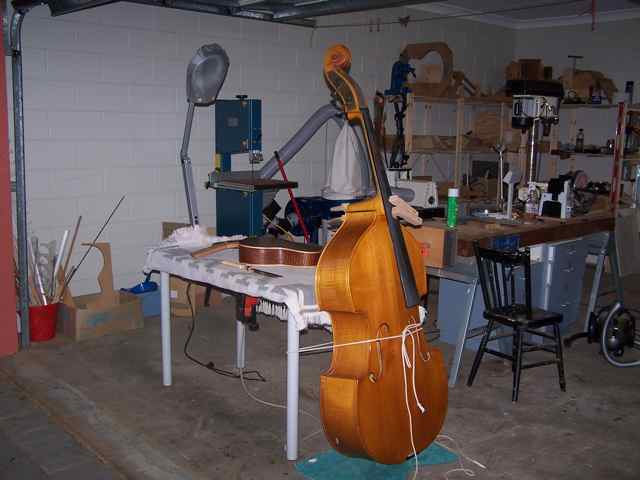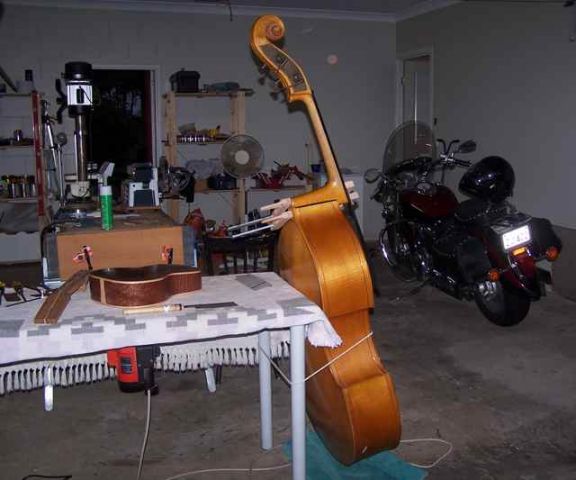This double bass showed up today from a close friend of the fellow that actually owns it. Want's to know if I can do anything with it. So I said that I would take it home and take some pictures of it and get some input from people more accustomed to doing repair work.
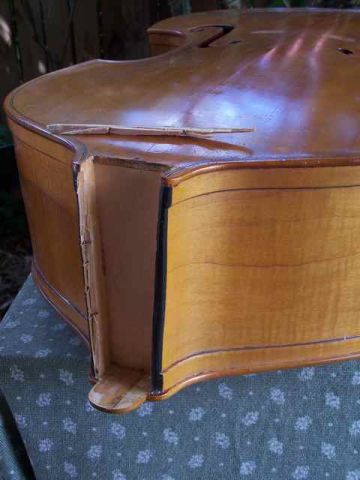
It looks to me as though the neck had let go, or slipped previously and someone thought that putting in some small finishing nails through the side and into the neck would do the trick.
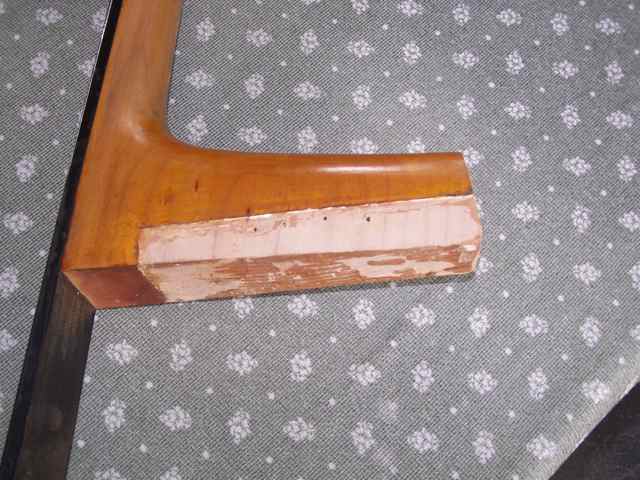
There were 4 small nails that I've pulled out to see what the fit was like for the neck to the body. It seems to fit pretty good. The nails have done all the damage by tearing out the small bit of wood.
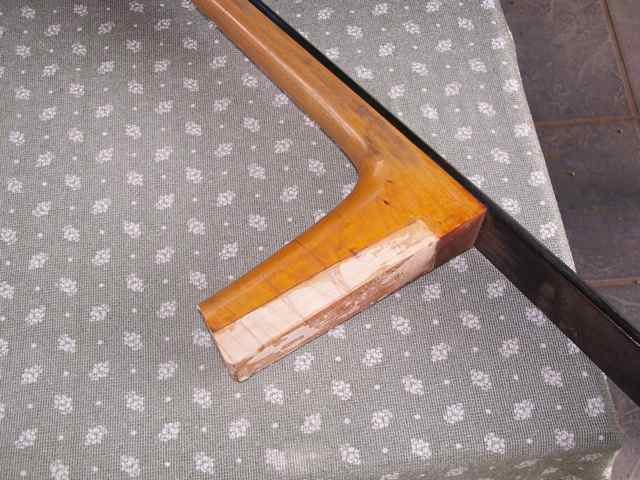
The other side of the neck has a nice clean surface. Just a bit of glue to clean up. The joint looks like it was pretty dry to me. There are large patches of bare wood, with no glue at all. Probably why the joint failed in the first place.
It looks like the piece that has been torn out will glue back in with a bit of work. Then I suppose it's just a matter of cleaning up the joint and making a fresh batch of Hide Glue and having at it.
Does this sound about right? I can't think of any other way of tackling it. And it's got to be better than hammering in some nails and hoping that is going to do the trick.
